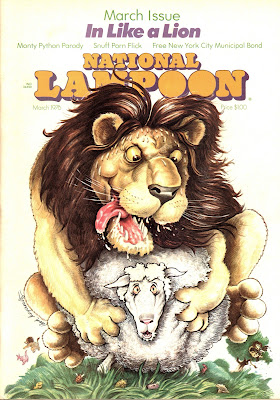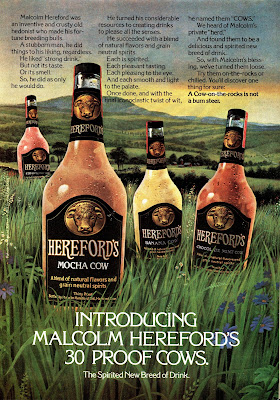The Knife, by Robert Arthur (1951): it's not just an ordinary utensil. I suspect most readers will see where the plot is going well in advance. I would argue that 'The Knife' ably prefigures two of the most provocative stories in Harlan Ellison's 1967 anthology Dangerous Visions.
The Cage by Ray Russell (1959): A young and scheming countess, her elderly and trusting husband, and an enigmatic overseer who dresses all in black. What could possibly go wrong ?!
It, by Theodore Sturgeon (1940): old-school tale of the predecessor to the 'swamp monsters' of the 1970s (like the Man-Thing and the Swamp-Thing).
Casablanca, by Thomas M. Disch (1967): a middle-aged American couple, self-absorbed and dismissive, find their vacation in Morocco abruptly upended.
First published in New Worlds magazine, this is a very well-plotted and well-written story, with low-key sci-fi overtones. 'Casablanca' had me concluding that when Disch wasn't trying so hard to turn out 'speculative fiction' pieces (like 'The Squirrel Cage') for the New Wave movement, he was quite capable of writing very good, 'traditional' short stories.
The Road to Mictlantecutli, by Adobe James (1965): Morgan, a ruthless criminal, is travelling on a deserted road in Mexico. The strange sights and passions he encounters will lead him to change his life........for good, or for ill.
'Adobe James' was the pseudonym of American writer James Moss Cardwell (1926 – 1990), who had his short stories published in a variety of magazines and anthologies during the 1960s, 1970s, and 1980s.
'Road' first appeared in issue 20 of the Adam Bedside Reader, and went on to be a staple entry in many anthologies, including The Sixth Pan Book of Horror Stories (1965) and The Arbor House Treasury of Horror and the Supernatural (1981). It skillfully imbues supernatural gongs-on with a moral theme, and in my opinion, is one of the best horror stories of the sixties.
Guide to Doom, by Ellis Peters (1963): short-short tale of a chateau with a disturbing history. 'Ellis Peters' was the pseudonym of UK writer Edith Mary Pargeter, whose 'Brother Cadfael' mysteries were very succesful.
The Estuary, by Margaret St. Clair (1950): another short-short tale, and perennial anthology favorite.
Tough Town by William Sambrot (1957): a travelling salesman finds himself in the wrong kind of town.
The Troll, by T.H. White (1935): mild tale about a creature from Scandinavian fable.
Evening at the Black House, by Robert Somerlott (1964): this first appeared in Cosmopolitan magazine (?!). It's a tale with a twist at the end. Well done.
One of the Dead, by William Wood (1964): this story originally appeared in The Saturday Evening Post in October 31, 1964 (the illustration below is from that issue). While a bit over-written, it's one of the better psychological horror stories I've read.
It adroitly combines the haunted house trope with insightful observations about the anomie of mid-century suburban life in Los Angeles. There is an undertone of creepiness that comes to fruition in the story's final sentence. I finished 'One of the Dead' thinking that this sole story from Wood is markedly superior to many stories originating from better-known 'quiet horror' practitioners like Robert Aickman, T. E. D. Klein, Dennis Etchison, and Charles L. Grant.
Information about author Wood is scant. According to the Science Fiction Encyclopedia he may have been a UK author, who wrote a 1962 novel titled The News from Karachi.
The Real Thing, by Robert Specht (1966): short-short about the village simpleton, with a 'shock' ending.
The Master of the Hounds, by Algis Budrys (1966): strange things are happening in rural New Jersey. Another story that first saw print in The Saturday Evening Post. Who would have thought The Post published so many horror / suspense stories back in the day ?!
The Candidate, by Henry Slesar (1961): corporate competitiveness gets a new dimension. Another story that reinforces my belief that Slesar (1927 -2002) was one of the more talented short-short story writers of the second half of the 20th century.
Out of the Deeps , by John Wyndham (1953): Mike and his wife Phyllis, two reporters for a broadcast company in the UK, witness a strange aerial phenomenon while on a cruise near the Azores islands. It turns out to be the opening stages of an alien invasion.
First published in the UK as 'The Kraken Wakes', some 70 years later this remains one of the best novels in the 'alien invasion' genre of sci-fi. It is written with author Wyndham's usual understated prose style, and unfolds in a deliberate manner that is all the more effective for keeping the identities of the adversaries vague (and ultimately unknowable).
Summing up, after reading 






















































.jpg)






















